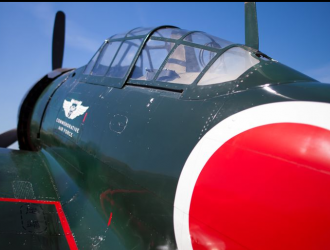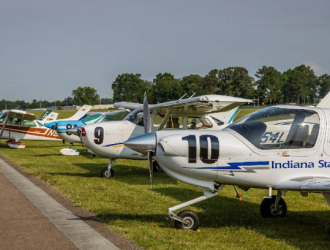
Following launch, the collapsible, fixed-wing Vector Hawk “successfully assumed a mission flight track” and transmitted video from its Perceptor dual sensor gimbal, a miniature payload with electro-optical and infrared imagers and a laser illuminator. Capable of flying and landing autonomously, the drone operates at line-of-sight range of up to 15 km (9.3 miles), for as long as 70 minutes.
“This effort marks a milestone in showing that an unmanned aircraft, surface vessel and undersea vehicle can communicate and complete a mission cooperatively and completely autonomously,” said Kevin Schlosser, Lockheed Martin chief architect for unmanned systems technology.
Last November, Lockheed Martin said it was awarded a $4.6 million contract from an undisclosed customer for continued development of the maritime canister-launched Vector Hawk. At the time, the manufacturer said it was working on a reconfigurable version of the small unmanned aerial vehicle.
The U.S. Navy plans to equip its attack and guided missile submarines with a similar, tube-launched small drone from AeroVironment named “Blackwing.” The Navy and the U.S. Special Operations Command tested Blackwing under a 2013 joint capability technology demonstration called Awesum, for Advanced Weapons Enhanced by Submarine UAS against Mobile targets, which concluded in September 2015.
At the Association of the U.S. Army annual meeting earlier this month in Washington, D.C., AeroVironment introduced a Multi-Pack Launcher (MPL) system for Blackwing and its cousin, the Switchblade miniature loitering missile. The MPL system is scaleable to accommodate from two to 20 Switchblade/Blackwing rounds and can be reloaded at 30 seconds per round. Future naval versions will provide surface ships with multi-launch capability, the manufacturer said.



